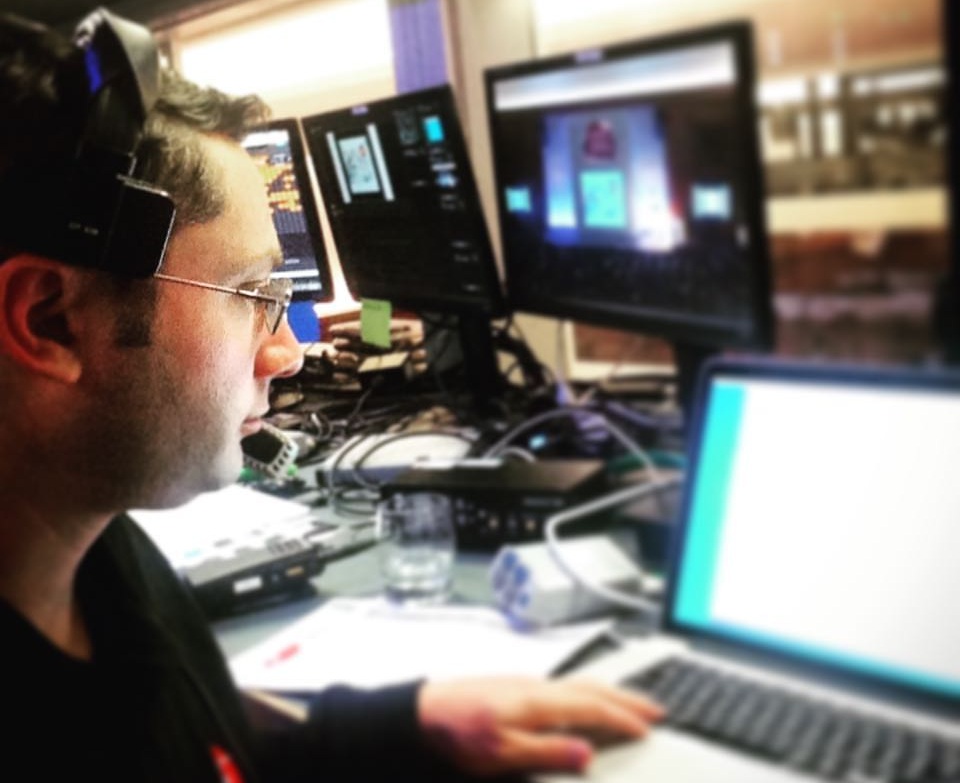Choosing the Optimal Pixel Pitch for Maximum LED Display Performance

As it comes to light-emitting diode walls, a key most factors to take into account is dot pitch. Dot pitch refers to the space between the centers of two neighboring pixels on an light-emitting diode display. This measurement is usually expressed in millimeters. Grasping pixel pitch is essential because it directly affects the resolution and definition of the visuals displayed. A reduced pixel pitch means that the pixels are closer together, leading to a greater resolution, while a bigger pixel pitch yields in a lower resolution. Therefore, selecting the right pixel pitch is vital for obtaining peak LED wall performance.
The choice of pixel pitch often is influenced by the sight distance. For instance, if the LED wall is meant to be viewed from a distance, a bigger pixel pitch may be appropriate. This is due to the fact that the human eye cannot easily discern individual pixels when they are farther away. On the other hand, if the wall will be observed up nearby, a reduced pixel pitch is necessary. In scenarios such as indoor events, where viewers are usually nearer to the screen, a reduced pixel pitch will offer a sharper and clearer image. Therefore, understanding how viewing distance impacts pixel pitch is key to making an informed choice.
Another crucial factor is the intended use of the LED wall. Various applications, such as promotion, concerts, or conference presentations, may necessitate varied pixel pitches. For instance, an LED wall used for promotional purposes in a shopping mall may benefit from a pixel pitch that recommended read allows for lively colors and elevated detail so that it grabs the attention of passing shoppers. Conversely, an external LED wall used at a concert may focus on brightness and visibility rather than resolution, allowing for a bigger pixel pitch. Therefore, the specific context in which an LED wall will be utilized is vital for determining the appropriate pixel pitch.
Pricing is also a major factor when selecting pixel pitch. Typically, LED displays with reduced pixel pitches tend to be more costly due to the increased density of pixels and the advanced technology required for production. While it may be enticing to opt for a high-resolution display with a small pixel pitch, financial constraints frequently necessitate a balance between quality and cost. Businesses should assess their needs and determine how much they are willing to spend in an LED wall, ensuring that the pixel pitch aligns with their budgetary capabilities while still meeting performance expectations.
Ultimately, it is crucial to consider the maintenance and durability of the light-emitting diode wall when selecting pixel pitch. Displays with reduced pixel pitches can sometimes be more delicate and may require more careful handling and maintenance. Regular maintenance is necessary to ensure that the display functions optimally over time. Knowing the maintenance needs and potential issues associated with different pixel pitches can assist organizations make a more knowledgeable decision. By taking into account all these elements, including sight distance, intended use, cost, and maintenance, one can select the perfect pixel pitch for peak LED wall performance.